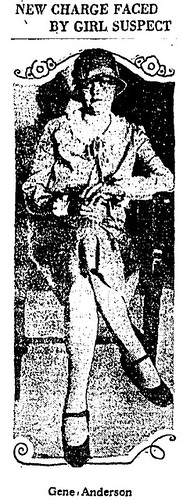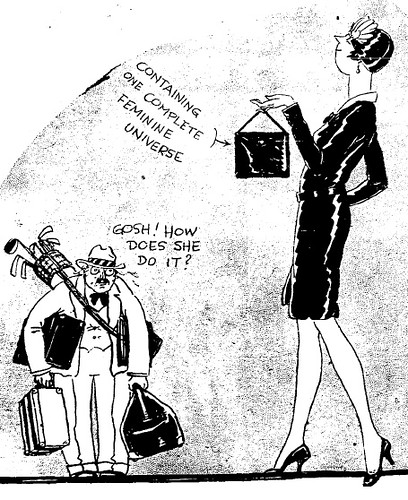Tue 31 Jan, 2012
Felonious Flappers: Bad Girls of the Art Deco Era
Comments (0) Filed under: EventsTags: Barbara Stanwyck, Dorothy Mackaye, felony, flappers, Helen Wills Love, Ladies They Talk About, pre-code Hollywood, Raymond Chandler

If you’re going to be in Los Angeles on Saturday, February 11, 2012 I hope that you will attend the lecture that I’m giving at the historic Egyptian Theater in Hollywood. My presentation will be followed by a rare theatrical screening of the 1933 pre-code film LADIES THEY TALK ABOUT starring Barbara Stanwyck.
The lecture and film are being co-sponsored by the Los Angeles Art Deco Society and American Cinematheque.
If you’re fascinated by historic crime, in particuar women behaving badly, then I know you’ll enjoy Felonious Flappers.
Felonious Flappers will explore the lives and crimes of some of the baddest girls in Los Angeles, from actress and writer Dorothy Mackaye to the ironically named Helen Love.
What is it about Los Angeles that brings out the evil in a woman?
Crime writer Raymond Chandler speculated that a local weather phenomenon could cause a woman to contemplate murder: “There was a desert wind blowing that night. It was one of those hot dry Santa Anas that come down through the mountain passes and curl your hair and make your nerves jump and your skin itch. On nights like that every booze party ends in a fight. Meek little wives feel the edge of the carving knife and study their husbands’ necks. Anything can happen. You can even get a full glass of beer at a cocktail lounge.”
Whether it’s the climate, their greed, or that they’re just plain evil, curvy killers have always been a part of the fabric of Los Angeles. You may empathize with the femme fatales, or find them repellent, but you are sure to be fascinated by them.
I hope to see you at the Egyptian Theater on February 11th!

 Twenty-four year old Gene Anderson was a lingerie designer , so she she took a particular interest in current fashion, and she loved to wear expensive clothes.
Twenty-four year old Gene Anderson was a lingerie designer , so she she took a particular interest in current fashion, and she loved to wear expensive clothes.
 Upon being searched by a matron at the County Jail, it was discovered that Gene was packing a loaded revolver in her vanity bag!
Upon being searched by a matron at the County Jail, it was discovered that Gene was packing a loaded revolver in her vanity bag!
